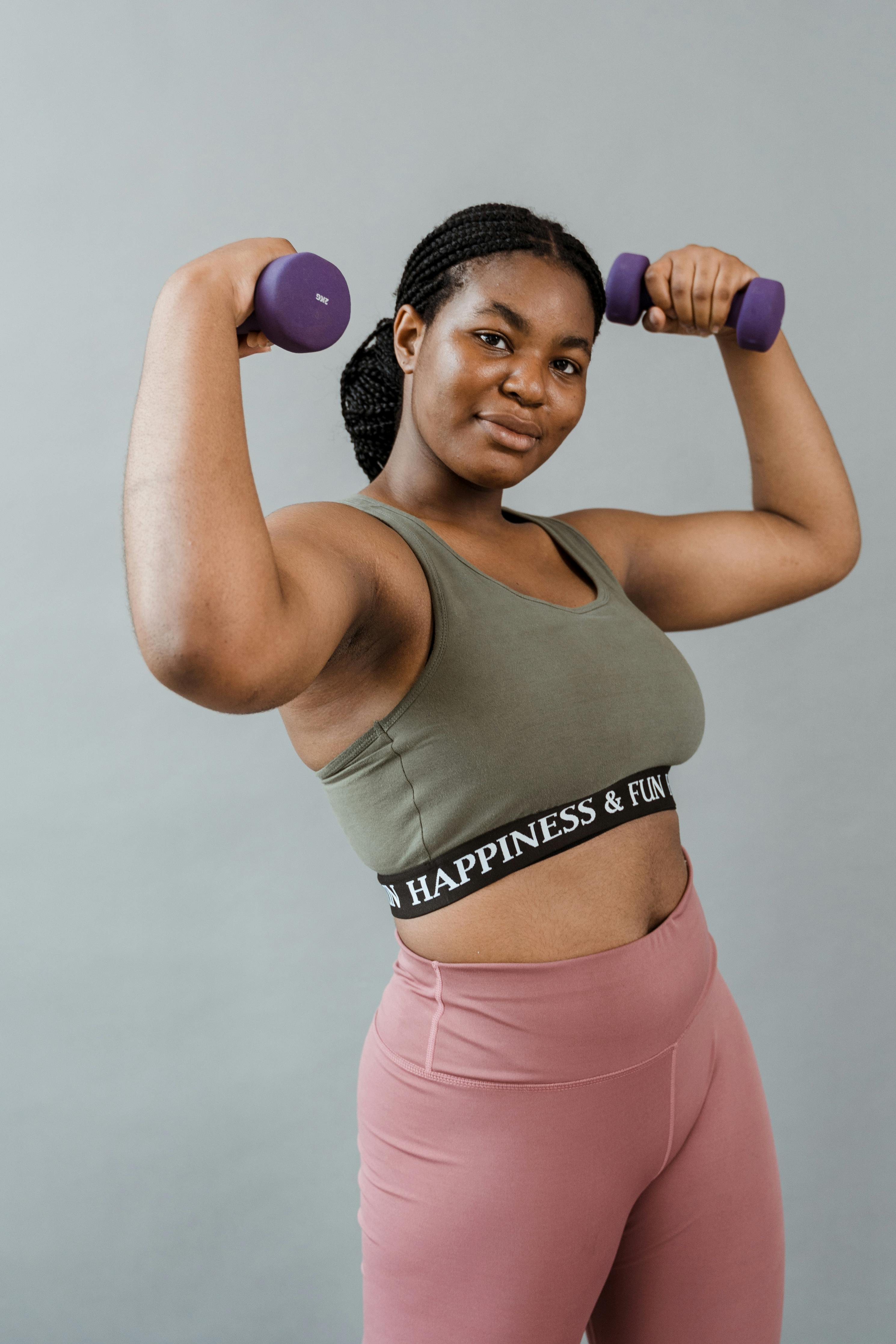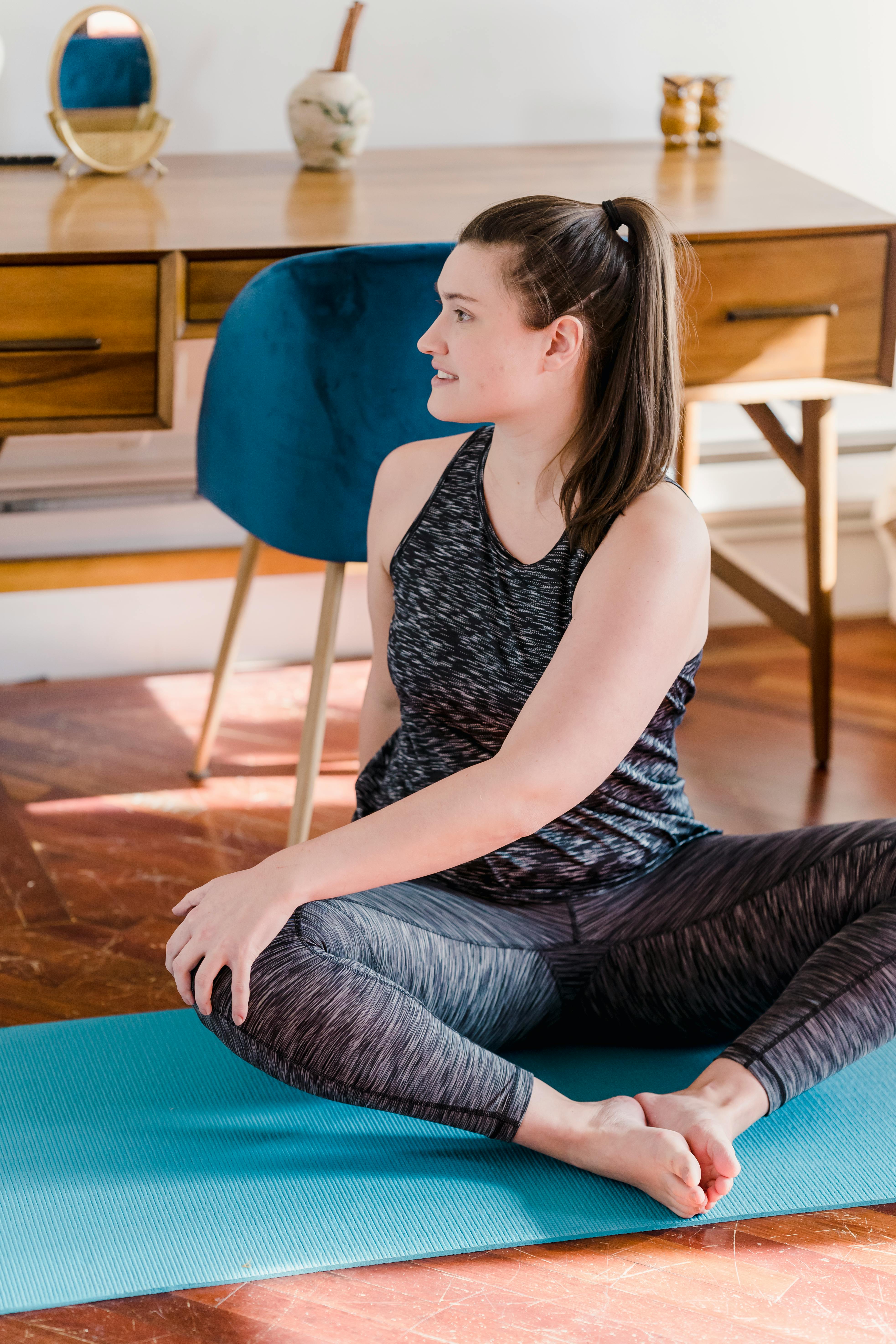Guyana Fitness Habits: Simple Home Playbook for Lifelong Health
Let me ask you something: have you ever felt like fitness just isn’t for people like us—living in Guyana, with all the rains, the heat, and, well, let’s be honest, occasional power cuts? Trust me, I’ve been there. As someone who grew up active but lost my way during university (nighttime roti cravings—my undoing), I struggled with “starting over” again and again. Here’s the thing, though: most fitness advice online is written in a language—and climate—that honestly feels pretty foreign, right? So, what struck me most, as I worked with local sports clubs from Georgetown to Lethem, was how much we crave routines that actually fit our lives here. You know, simple habits. Home routines. No fancy equipment. Something you start and actually keep going…even if the cricket game is on.
This playbook is for you. Whether you’re a parent, teacher, busy professional, or just someone tired of feeling sluggish indoors while Guyana’s world moves beautifully outside, I want to show you the simplest way to make fitness part of your daily flow. Not strenuous. Not intimidating. Not expensive. It’s practical, and it’s real—and every single habit here has been tested, revised (sometimes by necessity: hello, collapsing porch railings), and refined by everyday Guyanese folks, not just “sports people”.
Why Fitness Matters in Guyana
Pause for a moment, and notice something about Guyana: our days are filled with movement, at least when we’re out and about—but inside, whether it’s rain or COVID keeping us at home, activity often drops to zero. According to the Ministry of Health’s 2023 report, over 35% of Guyanese adults now face hypertension, diabetes, or dangerous cholesterol levels1. That’s a sharp increase since 2020. Frankly, this hit home for me when my own uncle—a man who used to walk five miles a day—suddenly couldn’t climb stairs. And he’s not alone.
Let me clarify: I’m not talking about sports for athletes here. I’m talking about basic movement—stretching, simple cardio, and daily mobility habits—with real evidence showing even 20 minutes a day slashes health risks. In fact, a 2022 Lancet study confirmed that Caribbean populations benefit most from home-based, accessible fitness routines compared to imported “gym culture”3.
Your First Steps: Mindset and Motivation
Before you dive into squats or jumping jacks, here’s my step-back moment: I used to think motivation was the hard part. Actually, consistency is what matters—a lesson I learned after quitting three times in one school term. Build fitness into your routine, not around motivation bursts. The good news? Science backs this up: habit, not inspiration, predicts long-term health, especially in our region of unpredictable weather and energy levels4.
Wichtige Erkenntnisse
If you link new routines to habits you already have—like stretching while the kettle boils, or doing calf raises during TV ads—your chances of sticking to it double, according to local research5.Last month, I saw this play out at a community workshop in New Amsterdam. A group of retired teachers started with two stretches after breakfast; four weeks later, they were adding steps, lunges, and, incredibly, running friendly competitions on their verandas! Honestly, I reckon this “habit stacking” might be the single easiest way beginners in Guyana can start—with routines that feel almost invisible.
How to Choose Your Routine (and Stick to It)
You’re probably wondering: “Where do I even start?” I used to think you needed a strict schedule or a coach. Now I realise, it’s about picking movements you enjoy—a small set, easy to adapt indoors or outdoors, rain or sun. Here’s my top advice: let your routine fit you, not the other way around. Consider these foundational options:
- Basic stretching (every morning)
- Walking laps indoors or on the verandah
- Simple bodyweight circuits (push-ups, sit-ups, lunges)
- Light dancing to favourite Guyanese music (yes, this counts!)
Funny thing is, my most consistent clients are those who start by pairing movements with things they’re already doing: sweeping, gardening, chasing after kids. It’s not “gym”—it’s life. The more I talk to local fitness coordinators, the clearer it becomes—simplicity truly works best6.
Starter Home Exercises: Zero Equipment Needed
Ever notice how some routines online assume you have dumbbells, yoga mats, or, well, air-conditioning? In Guyana, most homes aren’t set up like that. So, what actually works? Let me walk you through my go-to starter moves—with real stories from families who made them work in small spaces, sometimes with only an old towel for a mat. You don’t need gear, but you do need a plan. Here’s the simplest home circuit I use with groups everywhere from Bartica to Corriverton:
- 20 March-steps (on the spot—perfect for 1m² space)
- 10-20 wall push-ups (ideal for every age group—kids to elders)
- 10 chair squats (just use any sturdy kitchen chair)
- 15 “reach and stretch” movements (stand, arms overhead, slow bend)
- 10 balance raises (stand on one leg, switch every 10 seconds)
Sounds easy? Try this for one week, every morning before breakfast. Track your energy—almost everyone I’ve coached reported feeling lighter within a few days, and many started sleeping better by week’s end7.
Practical Tip
Use music native to Guyana—calypso, chutney, soca—to set a rhythm and make routines actually fun. My thinking has evolved from “go silent” to “let’s make this joyful.”Making It Stick: Building Daily Fitness Habits
Honestly, forming a new habit in Guyana isn’t about “motivation Mondays.” It’s about embedding simple moves into routines you won’t skip. Here’s a quick table of habit-building techniques that came from conversations with local wellness coaches8:
| Technique | Beschreibung | Best Local Context | Common Mistake |
|---|---|---|---|
| Habit Stacking | Attach new moves to existing daily habits | While boiling water or waiting for rice to finish | Trying to add too many new moves at once |
| Social Accountability | Invite a family member to join or check progress | Weekly WhatsApp group check-ins | Being too rigid or competitive |
| Visual Reminders | Post a checklist on the fridge | Sticky notes in kitchen, bedroom, bathroom | Letting reminders become “background noise” |
| Micro-Commitments | Start with just 2 minutes, then grow | Quick 2-min routines in morning/evening | Skipping when feeling tired |
To be more precise, my colleague at Linden’s sports center always says, “Don’t break the chain.” She means: mark an X every day you show up, no matter how small the effort. It’s the chain, not the intensity, that drives change.
Local Tips: Guyanese Weather, Space, and Spirit
How do we adapt routines when the sky opens up or the temperature spikes? “Flexibility beats perfection,” my mentor used to say. When I ran a pilot project in a remote Essequibo village, we tested routines in every possible condition—from midday sun to muddy verandahs. Here’s what actually works, and I encourage you to try these adaptations:
- Rainy Day: Indoor circuits (simple marching, wall exercises, stretches)
- Hot Day: Go early (before 7 am) or late (after 5 pm), focus on slow movements
- Small Spaces: Use kitchen chairs, edge of bed, window ledges for stability
- Family Involvement: Turn routines into games or family competitions
It’s generally true—Guyana’s unique climate makes rigid schedules impractical. If you miss a morning, go after dinner. Miss a day? Just start again. The more flexible your mindset, the more success you’ll see.
Community and Support: Getting Others Involved
Believe me, habits stick when shared. In my experience, family WhatsApp groups, neighbour shout-outs, and workplace encouragement are more powerful than app notifications. Last Christmas, my cousin started a “walk and talk” challenge at dawn. Within weeks, our entire block was showing up, no matter the weather. Community turns private effort into public fun—and accountability.
Aktionsschritt
Invite one friend or family member to join your daily routine—just start with five minutes. Celebrate together each milestone (“We did five days!”). This matters more than perfect form.Honestly, if you’re doubtful about your own commitment, lean on someone else. When you get stuck, message a friend with your “why”. The more support you build, the easier it becomes. And don’t underestimate the influence of children—my youngest niece, age six, often leads our morning routines!

Troubleshooting Common Obstacles in Guyana
Let’s be completely honest: even with the best intentions, most beginners in Guyana stumble on the same roadblocks—heat, boredom, family interruptions, work overload, even cultural perceptions (“fitness is for young people!”). Here’s what gets me: almost every workshop I’ve done reveals the same secret—routine failure is rarely about laziness. It’s usually an adaptation issue.
- “It’s too hot” – Solution: Move routines to dawn or after sunset. Hydrate with coconut water or tap water (skip energy drinks).
- “I have no space” – Solution: Use standing moves, wall exercises, or “step and stretch” anywhere.
- “No support at home” – Solution: Share progress on WhatsApp, join public Facebook fitness groups, try a month-long challenge.
- “Lose motivation quickly” – Solution: Use a simple log, tick off ANY movement you do. Don’t wait for “perfect” days.
Based on my years doing this, troubleshooting early—even before motivation dips—is what saves most routines.
Tracking Progress: Simple Guyanese Methods
Here’s a fun fact: according to a 2023 University of Guyana study, beginners who record weekly “wins” (not failures) are 46% more likely to stick with routines for six months10. So forget fancy apps—just grab any notebook and use this table for practical self-tracking:
| Tag | Routine Done? | Energy Level (High/Med/Low) | Mood |
|---|---|---|---|
| Mon | ✔️ Yes | Med | Calm |
| Tue | ✔️ Yes | Hoch | Energised |
| Wed | ✖️ No | Niedrig | Tired, but still showed up |
Let me clarify: it’s the showing-up, not the “perfect score,” that counts. Actually, most progress comes from just starting again each time you stumble.
Beginner Success Stories: Guyana’s Real-Life Champions
I love a good story. Last year, a 53-year-old grandmother from Berbice named June joined a home routine WhatsApp group, worried about her knees. She began with two wall push-ups and five “step and stretch” moves each morning. Within three months, she could walk two miles daily, inspiring her entire block to join. What strikes me most—she never missed more than two days in a row. Her trick? “I just show up, every day, whether I feel like it or not.” It’s simple, gradual persistence.
Another example—Daniel, a young father from Linden, started tracking routines alongside his daughter. Their “sticker reward” chart made it fun and competitive. His comment: “Once she got a sticker, I couldn’t quit!” Family involvement transforms scared beginners into consistent movers.
Expert Perspectives: Guyana’s Athletic Community
You might wonder: what do real Guyanese athletes advise for absolute beginners? After attending last year’s “Active Nation” Sports Symposium, I asked three national coaches for their advice. Their answers revealed a theme: go simple, go consistent, adapt for heat and family.
Geheimtipp
Use “routine triggers”—like sunrise, after meal times, or when shutting off the TV—to remind yourself to move every day. It works far better than relying on random motivation.And to emphasise: these experts made clear, perfect form is not the goal here. It’s showing up, moving, and building self-belief. In my opinion, Guyana’s greatest sports strengths come from these everyday beginnings.
Final Takeaways: Lifelong Fitness in Guyana, For Everyone
Let’s step back for a moment. If you remember nothing else from this playbook, remember: in Guyana, lifelong fitness habits start not with big plans, but with small, repeatable actions. It’s the five-minute walk, the sunny verandah squat, the family stretching session that sticks—and builds resilience. I’m still learning myself, adjusting routines to fit around unpredictable power cuts (sometimes just stretching by candlelight!).
Actually, let me clarify: you don’t need to be an athlete, or even “sporty,” to benefit. Just by moving daily—however you can—you’re investing in your future health, happiness, and energy. The research proves it. But beyond data, it’s the community, spirit, and flexibility that make Guyanese fitness both achievable and sustainable13.
Ready for Lifelong Health?
Pick one home routine, invite someone you trust, track progress for two weeks, then celebrate your first milestone. Simple wins—shared and repeated—are the foundation. Start today.Looking ahead, Guyana’s evolving public health landscape will highlight easy-access, community-driven fitness. In my experience, routines begun now—however imperfect—can be adapted, upgraded, and repurposed year after year, especially as new technology and social trends come our way.
Further Reading & References
Referenzen & weitere Ressourcen



